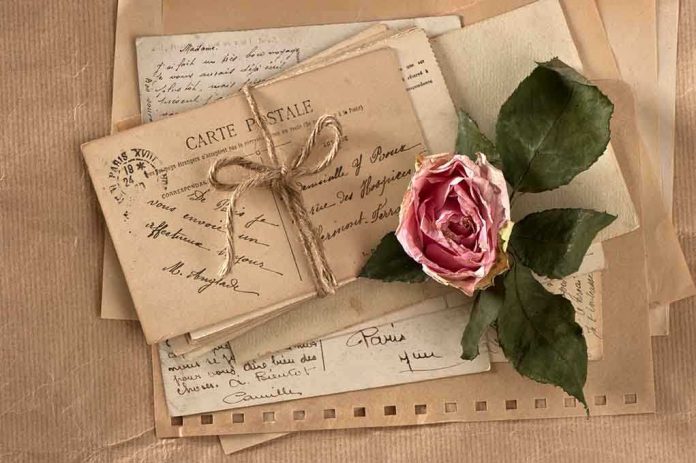
Imagine a century-old message from a World War I soldier washing up on a remote beach, connecting us to the past in the most unexpected way.
Story Snapshot
- WWI-era messages in bottles have reportedly appeared on an Australian beach.
- The artifacts are believed to have traveled across oceans for over a century.
- This discovery merges military history with maritime archaeology.
- Verification and authenticity of these messages remain ongoing challenges.
Discovery of Century-Old Messages
Recent news has sparked intrigue as messages in bottles, allegedly written by World War I soldiers, have surfaced on an isolated Australian beach. These artifacts are said to date back to the early 20th century, a time when communication was vastly different from today’s digital era. The notion that these bottles could have survived such a long journey across the ocean is fascinating, highlighting the mysterious and unpredictable nature of maritime currents.
This discovery taps into the collective curiosity about the lives of soldiers from the past. It raises questions about their thoughts, fears, and hopes during a tumultuous period in history. The messages, if authentic, provide a rare, intimate glimpse into the personal experiences of those who lived through the Great War.
Historical and Cultural Context
World War I was a defining moment in history, with over 60,000 Australian soldiers losing their lives and many more wounded. The ANZAC legacy, which emerged during this period, holds significant cultural and historical importance in Australia. Messages in bottles were not uncommon during wartime, serving as both cries for help and simple communications from those at sea. These bottles, thrown into the vast ocean, carried the hopes of reaching unknown shores and unknown readers.
Australia’s remote beaches, influenced by the powerful currents of the Southern Ocean, are known for receiving all sorts of maritime debris. This geographical uniqueness adds a layer of authenticity and plausibility to the story of these century-old messages washing ashore. However, the challenge remains to verify the authenticity of such artifacts amidst the romantic allure of their narrative.
The Challenge of Verification
The potential discovery of these messages has captivated the public and media alike, yet verification presents a significant hurdle. Authenticating the age and origin of these bottles involves meticulous scientific methods, including handwriting analysis, paper and ink conservation, and ocean current modeling. Without concrete evidence, the story risks being classified as either a viral legend or an emerging narrative needing further substantiation.
Institutions like the Australian War Memorial and Australian Museum would be pivotal in verifying these artifacts. Their role would be to authenticate the messages through historical records and scientific analysis, ensuring that any claims of authenticity are backed by robust evidence. Until such verification is complete, the story remains a captivating possibility rather than a confirmed historical event.
Impact and Significance
If verified, these messages could significantly enrich our understanding of World War I and the personal experiences of soldiers. They would offer a tangible connection to the past, potentially leading to exhibitions and academic research that illuminate this pivotal period in history. The emotional and cultural impact would extend beyond academic circles, resonating with the public as a poignant reminder of the human stories behind historical events.
The public’s fascination with stories like these underscores a broader interest in maritime heritage and historical discovery. In an age dominated by digital communication, the simplicity and mystery of a message in a bottle capture the imagination, offering a timeless connection to the past. As this story unfolds, it challenges us to explore the delicate balance between historical documentation and the allure of a good story.









